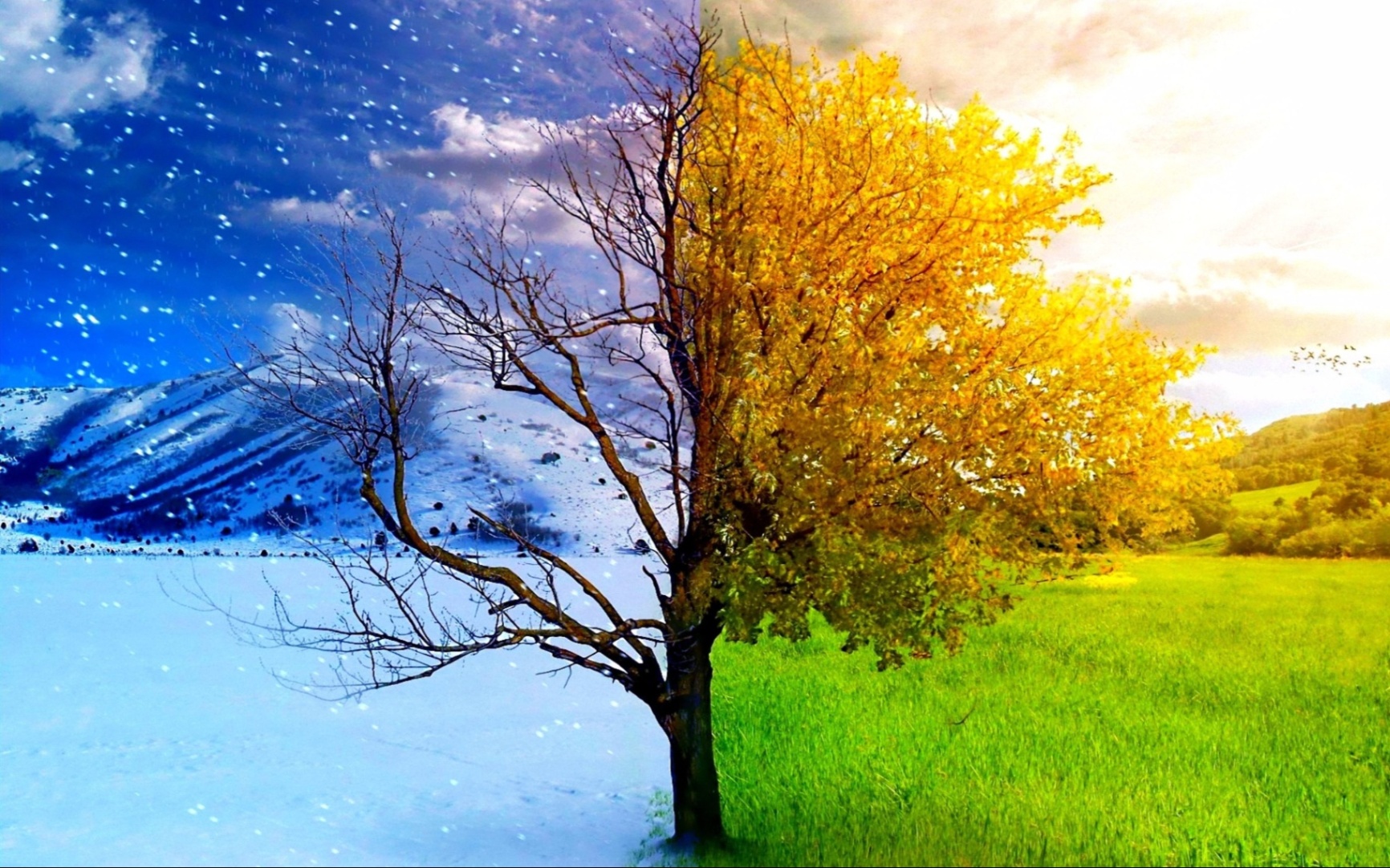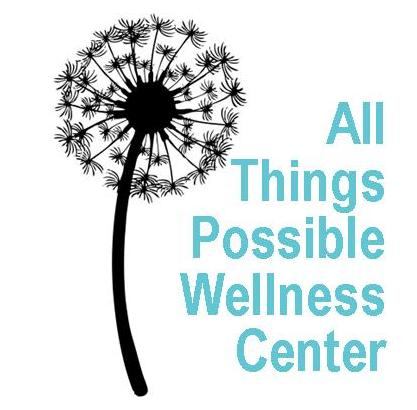Seasonal Affective Disorder AKA S.A.D

Deanna Freed, LMSW, CAADC
Tis the season for celebrations, festivities & gatherings for many, while is the season for human hibernation for others. If you experience a noticeable shift in your mood, decline in energy, appetite changes and reduced overall feeling of well-being during late fall, winter months, you may be experiencing Seasonal Affective Disorder, also referred to as SAD. On the mild side, this is what some refer to as the ‘winter blues’ & is not uncommon; however, SAD can also bring forth a more impairing type of depression that follows a seasonal pattern, specifically in geographical areas that experience a decrease in sunlight during certain times of the year.
Depression is different from intermittent feelings of sadness/feeling down, which most of us will experience at times & is a normal part of our life experiences. SAD or depression is not a sign of personal weakness nor a condition that can be willed or wished away. SAD is reported to be more common among women & can escalate symptoms of depression that may already be present in both men & women. Seasonal Affective Disorder is treatable & there are multiple things we can do to help buffer ourselves as we move through the darker, colder months in Michigan.
How do I know if I am experiencing SAD?
Feeling sad or down throughout the day, more days than not.
Losing interest in previously enjoyed activities.
Low energy, fatigue, sleeping more, not feeling well rested.
Carbohydrate & sugar cravings, overeating, weight gain.
Difficulty completing tasks, anxiety, feelings of agitation, irritability.
Reduced self-care activities, some increased isolation or withdrawal, reduced desire to socialize.
Increase in already present depressive/anxiety symptoms.
What causes Seasonal Affective Disorder?
It is believed that our circadian rhythm, also referred to as our biological clock, is a primary factor in SAD because the reduction in sunlight exposure disrupts our circadian rhythm.
Maintaining a functional circadian rhythm is important because it is our body’s signal to initiate certain body processes at various times and intervals during a 24-hour period. (National Library of Medicine, Biotech Information). Circadian rhythms exist in many types of organisms. “For example, they help flowers open and close at the right time and keep nocturnal animals from leaving their shelter during daytime when they would be more exposed to predator”, according to the National Library of Medicine, Biotech Information.
Although there are multiple circadian rhythm functions & a variety of factors that influence it, the sleep-wake cycle is the function being referenced for this content, and the sun/day light is the most powerful influence on this natural life rhythm. Daylight signals the brain to generate alertness, to keep us awake and active. Darkness prompts the brain to produce melatonin, a hormone that promotes sleepiness and then continues this signal throughout the night to help us remain asleep.
Research has shown that there are things we can do to optimize our circadian rhythm (& in effect, reduce impact of SAD):
- Seek out the sun & expose yourself to natural light, especially early in the day whenever possible. When this is not possible, there are natural light devices available known as light therapy boxes. These devices emit a light that mimics sunshine and can help in management of SAD, according to the Mayo Clinic.
- Following a consistent sleep /wake cycle is very important. Going to bed at the same time, getting up at the same time.
- Daily activity, movement/exercise. It does not have to be a formal exercise program; even 15 minutes of movement a day can be beneficial. Housework, walks, yoga, stretches, walking the dog, jumping jacks, etc.
- Limit caffeine and avoid it all together in the later afternoon when possible.
- Limit light before bed from Tv’s & electronic devices. Artificial light exposure at night can interfere with circadian rhythm. If possible, begin lowering household lighting closer to bedtime.
- Remove all devices out of your bedroom at night and do not use them for at least one hour before bed, recommends Ari Whitten, MS (Human Nutrition and Functional Medicine Founder of Energy Blueprint).
- If you need to use a computer or device in the evening, Ari Whitten suggests you consider wearing blue (& green) blocker glasses.
- Sleep in complete darkness, if possible, without TV and without night lights. This communicates to your brain that it’s time to sleep and produces melatonin for a deeper, sustained sleep.
- Eating cycle: Don’t eat late or right before bed. If our body’s energy is spent digesting food we recently ate, energy is then less available to do other repair/maintenance work it is programmed to do during our sleep cycle. Also, depending on what we eat later in the evening, can further disrupt our sleep cycle.
- Finding ways to stay connected with others is important. If wintertime darkness & cold weather has you feeling more isolated, try to find ways to still engage with others. This can be with a phone call, face time, meeting for coffee or tea, whatever suits your specific situation. For those that may not have others in their lives to connect with, there are many virtual online support groups, bible studies, shared interest meetups, even can attend church, learn a new skill, or take an educational class online. It may not feel the same as in person contact but it still can be a means of reducing isolation.
Research has suggested that reduced sunlight exposure can also reduce our serotonin levels which is another factor in SAD. Serotonin production can be improved by many of the suggested activities shared above. Serotonin is a brain-based neurotransmitter that plays an important role in our mental health. When this neurotransmitter is out of balance/reduced, symptoms of depression can be triggered.
Lower levels of Vitamin D are believed to contribute to SAD (& general depression) because vitamin D can also play a role in serotonin activity. Vitamin D is produced in our skin when exposed to sunlight so with a decrease in sunlight in fall winter months, if individuals are not getting adequate vitamin D from foods or supplements, may experience reduced vitamin D/serotonin. Individuals with low Vitamin D levels often report low energy, fatigue, reduced motivation, all of which can contribute to a low mood state. Talk to your PCP if you believe you may be low in Vitamin D. Some PCPs recommend supplements during winter months.
Dr. Paul Desan, director of the winter Depression Research Clinic at the Yale School of Medicine said that “It’s normal for people to feel a little worse in the winter… but for some people, these changes are really severe, and they add up to what is equivalent to a clinical episode of major depression.”.
If you find that your SAD symptoms do not improve or symptoms are interfering with your life, work, school, or relationships, please talk with your health care provider. Additional treatment options are available and sometimes seeking the care of PCP or mental health care provider for additional support is what is needed. There is help available.
In addition to speaking with your PCP and/or engaging in supportive mental health treatment, if you find yourself struggling, Macomb County Crisis Center has trained phone counselors available 24/7 days a week- 586-307-9100.
988 is the national suicide & crisis lifeline. If you dial 988 – you will be routed to a local crisis line based on your area code and you can speak with a trained counselor.
If you are more comfortable texting, the National Text crisis line is 741741; provides free 24/7 support via text. Just text Home to 741741.
Help is available. You do not have to go through it alone.
References:
Seasonal affective disorder (SAD) – Symptoms & causes – Mayo Clinic
Seasonal affective disorder: What it is and how to treat it : NPR
Seasonal affective disorder: What it is and how to treat it : NPR
What Is Circadian Rhythm? | Sleep Foundation
6 Ways to Naturally Increase Your Serotonin Levels (psychcentral.com)
:Melatonin: What You Need To Know | NCCIH (nih.gov)
Dr. Ari Whitten, MS (Human Nutrition and Functional Medicine Founder of Energy Blueprint)
14 Ways to Ease Seasonal Depression by Beth W. Orenstein and Michelle Pugle Seth Gillihan, PhD
